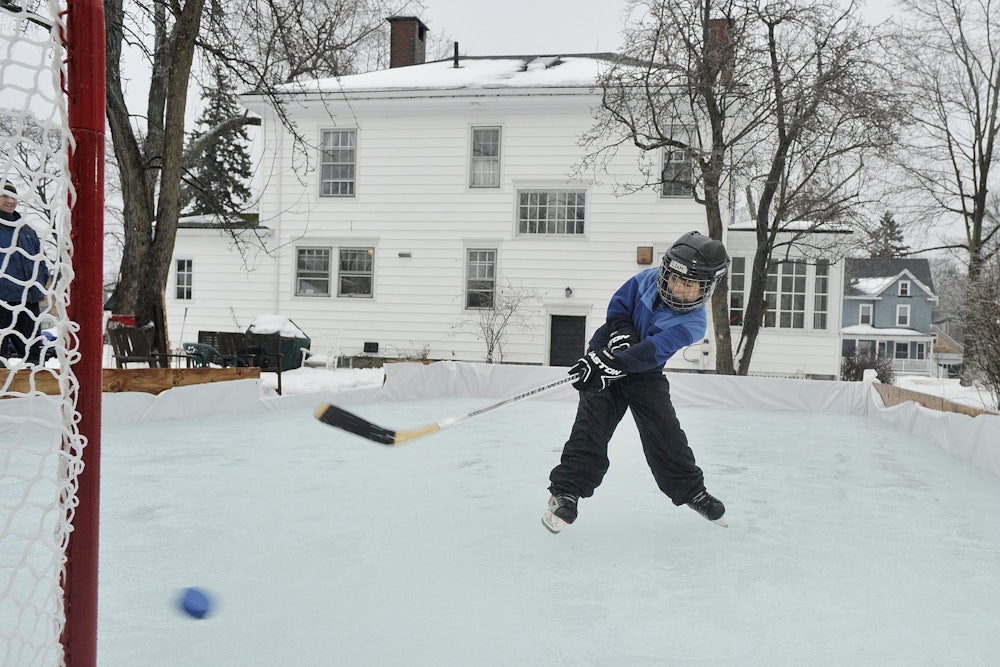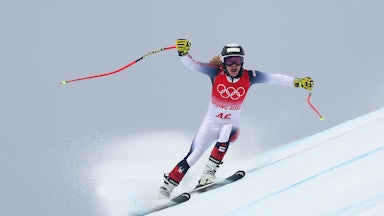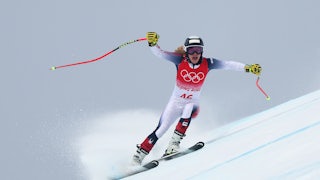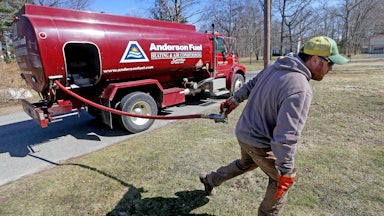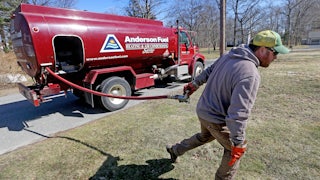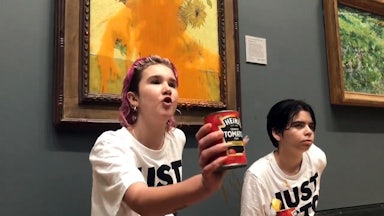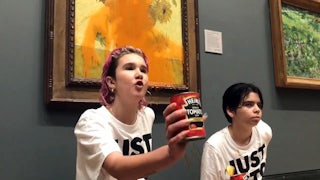“With climate change, it’s always easier to say, not in my backyard,” said Zach Weston, referring to the ease of dismissing what can’t be seen in your own immediate surroundings. But for Weston, CEO of the Canadian Society for Exercise Physiology, climate change is already apparent in his backyard: The backyard rink he’s built and maintained in his Ontario home for the last 17 years is getting harder to keep running as winter temperatures become more volatile and unpredictable.
Backyard rinks are common across the colder parts of North America; the combined membership of just two backyard rink Facebook groups totals over 70,000. Built from scratch in people’s yards or elsewhere in the community, these rinks not only provide a place for keen skaters to practice and have fun but often act as hubs of neighborhood activity.
Over the last 10 years, Rob McLeman, professor of environmental studies at Wilfrid Laurier University in Waterloo, Canada, has been running a program called RinkWatch that engages backyard rink makers and users in measuring ice and weather conditions. It’s a volunteer, citizen science project, meaning data is recorded by nonprofessional scientists, instead relying on everyday people to supply crucial information. Participants are located across the United States and Canada, including cities like Chicago, Milwaukee, Montreal, Toronto, and Grand Rapids, Michigan.
The results help identify the key temperature thresholds for a skateable rink (the colder the better) as well as creating climate models that can help predict the future of outdoor skating conditions. “The number of days each year cold enough to skate is expected to decline in coming decades because of human-induced climate change,” reads the RinkWatch website.
When it comes to backyard rinks, the instability, unreliability, and unpredictability of our weather and temperature make it increasingly hard to plan rink construction and maintenance. These changeable conditions tend to lead to shorter skating seasons, though this can fluctuate year on year. Notably, in 2020, RinkWatch released a report showing that the number of quality skating days had declined in all of the Original Six NHL cities (Boston, Chicago, Detroit, Montreal, Toronto, and New York). These findings fall in line with other signifiers of global warming that show how the changes to our climate mean our ecosystems can no longer host our current biodiversity, maintain our weather systems and, ultimately, allow humans to survive.
A lot of work goes into making a backyard rink—which, in addition to their community value, are vastly safer than local ponds in these changing conditions. “When I was a kid back in the ’70s, we just waited till the ground froze and covered over in snow, then we’d pack that down with our feet, get out the hose, flood over the top of it, and wait for it to freeze,” McLeman explains. “The problem is if you do it that way, and you get a warm day in January, it all melts away and you have to start over again.” These warmer days are now becoming so common that people have had to resort to a different method instead, laying out a large tarpaulin sheet held between vertically mounted wooden boards, then filling it with water and letting it freeze over.
Over the last 10 years, McLeman has noticed increasingly variable weather. “You might get a really cold winter, and then three or four relatively mild ones, and then another cold one. Then within the winter itself, you get a lot of variability in terms of temperatures: In mid-January or mid-February, you’ll have an unexpectedly warm day where it goes up to 8 or 9 degrees Celsius, which causes rinks to flood or melt down.”
Despite his dedication to the project, McLeman is not naïve about the fact that melting backyard rinks is not the worst nor the most important result of a warming planet. Nevertheless, these rinks could be a window into broader issues. Much as with ski season and other winter sport projections, looking at the way changing weather affects the length and quality of the North American skating season offers data that highlights a wider problem. As many governments struggle to build support for more robust climate policy, community skating reports can have a special political function: Backyard rinks act as a microcosmic reminder of what’s at stake in real terms. The climate crisis will affect our lives in many different ways, ranging from lethal or life limiting to just small alterations—but with it being such an existential crisis, often discussed with heavy-handed, scientific jargon, finding ways to break it down and understand it piecemeal can be hugely helpful.
Aric Dodd has run his neighborhood rink in Saskatoon, Saskatchewan, alongside his full-time job as an operations manager for the last 15 years. Based in the grounds of the local high school, the rink is available for anyone in the community to skate on. Most commonly, it’s used to play shinny, an informal, relaxed version of hockey. As with many makeshift rinks, Dodd’s is a hub for intergenerational socializing. “It’s a way to get people together. We’ll have our hockey teams there, and we’ll get the barbecue out and serve hot chocolate—it’s just something to get us out of the house in the winter.”
Zach Weston, who’s built and maintained his backyard rink in Ontario for around 17 years, says the same. “In the winter time people get cooped up in their houses and stay indoors. What I really love about having a rink is it gives us a meaningful purpose to get outside, enjoy it, and embrace winter.” During the pandemic, when inside mixing was banned, the rink became especially important to local kids desperate for something to do and somewhere to go. “It would not be uncommon on any given night of the week to have 15 to 20 kids all playing hockey outside in my in my yard,” Weston says.
Dodd and Weston are both longtime RinkWatch participants. They’ve been submitting data from their rinks for many years, predominantly for the same reasons: to keep track of conditions, to better understand how long the skating season lasts, and to help decide whether it’s worth all the effort to make the rink each year.
However, Weston is also motivated by his concern for climate change and figured that taking part in RinkWatch might encourage his kids to become more aware of the issue. “Certainly, there are bigger and more important consequences to climate change than the loss of outdoor rinks,” he says. “But I think what Rob is really signaling here is that they’re kind of like the ‘canary in the coal mine’ warning. I’m privileged enough to know that I’ve got access to indoor arenas; I can play hockey 52 weeks of the year. But escaping outdoors is a unique experience, and it does make me sad to think that generations who will come later won’t be able to experience that.”
Losing these rinks means losing a way of life. A slight increase in temperature will render skating seasons shorter and shorter, or even totally unskateable, while not yet affecting the hostility of the winter. These central points of community activity, intergenerational socializing, and joy in difficult times are all at risk of disappearing. And these disappearing traditions, which all involved acknowledge are nowhere near as devastating as the destruction the global north has already wreaked on the majority world, point to a more disturbing truth: While we resist changing anything about the way we live, everything about our lives is set to change.
